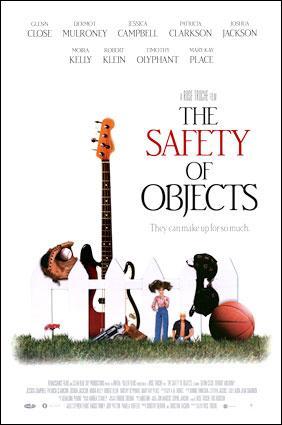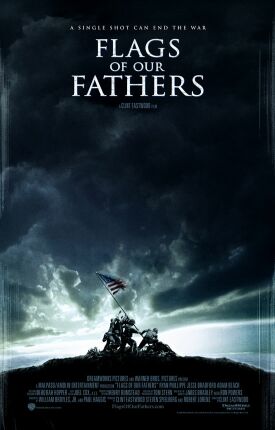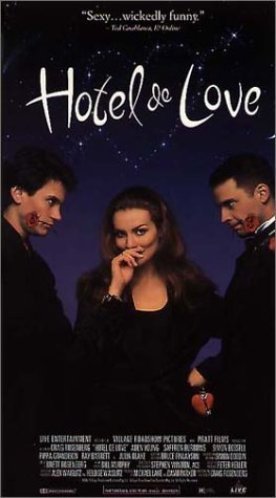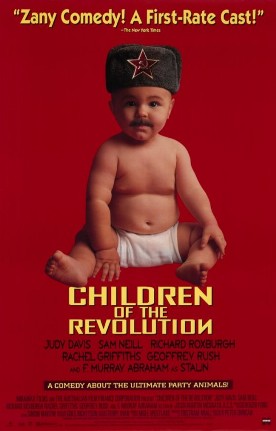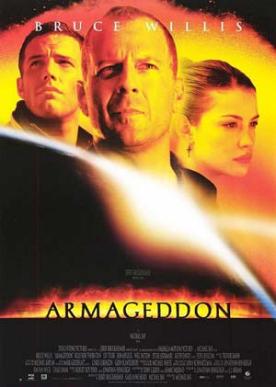Knight’s Tale, A
Not that I approve of it myself, but the metaphor of
“culture
war” would seem to imply two more or
less evenly matched forces struggling with might and main to master and destroy
or disperse each other. Yet much of what goes under that name is more like
culture murder. Even that expression would be to dignify an act in which too
often the aggressiveness and bloodthirstiness of the attack by cultural vandals
encounters nothing like itself on the other side, but only the passivity,
meekness and uncomprehending submission of an animal being led to the slaughter.
This seems to be especially true in the ever-multiplying cases of historicide,
which had its beginnings in the radicalism of the post-modern, deconstructionist
universities, filtered down to our already slack and ailing schools where
history as traditionally understood was simply discarded in favor of
inspirational tales of scientific and social progress and individual triumphs
over discrimination.
Lately the popular culture, always the primary field for turning history into
myth and legend, has joined in the general assault on history by proceeding as
if no one would notice or care—as,
indeed, few do notice or care—when the
people of the past are represented as being indistinguishable from our
contemporaries. Perhaps the most egregious example yet is to be found in Brian
Helgeland’s new film, A
Knight’s Tale, in
which the teen heart-throb from The Patriot, Heath Ledger, stars as a
poor thatcher’s son in
14th century England who decides that he wants
to compete in the “popular
sport” of jousting, even though
participants are limited to men of noble blood. He gets one Geoffrey Chaucer
(Paul Bettany), an impecunious poet with a gambling problem, to make up some
fake patents of nobility for him and becomes a superstar jouster, winning the
heart of the fair Lady Jocelyn (Shannyn Sossamon) until his arch-rival, the evil
and stuck-up Count Adhemar (Rufus Sewell), discovers the secret of his
origins.
“Usually, a medieval movie has a
very lofty story, with knights trying to find the Holy Grail or
whatever,” Mr. Helgeland is quoted as
telling the New York Times in teen-speak.
“It’s fun to watch, but it’s hard to
relate to those characters.” So he
helps us to
“relate”
by dressing his own not in period costumes but those modeled on what he
describes as “the Rolling Stones in
their 70’s pre-Raphaelite period.” In
addition he introduces teen slang of today and Disney-style wisecracking
sidekicks who include a teenage female blacksmith.
“I didn’t want to present it as an
alien world,” says Helgeland,
“but a world that the audience would
recognize elements of and see that they’re the same as elements of their
own.” Accordingly, too, the crowds at
the tournaments chant “We Will Rock
You” and do the wave while Mr Ledger
engages in end-zone celebrations of his victories, pumping his fists and saying
“Yesss!”
just like any contemporary teenager.
Only horror at the thought of being described as what the
film’s extensive advertising calls a
“purist”
could deter critics with more than a sixth-grade education from pointing out the
multiple absurdities of such a treatment. Doubtless Mr Helgeland was telling the
truth when he said he wanted to avoid presenting the Middle Ages as
“an alien
world,” but the fact, escapable only
in fantasy, is that they were an alien world.
It’s like saying he wanted to make a
film about Tibetans that presented them as Englishmen or Eskimos that presented
them as Hottentots. What is the point of dressing up a high school football
crowd with the manners and the sexual mores of
21st century America as if they were medieval
lords and peasants?
The answer, as usual, is ideological.
“Freedom!”
cries the poor but honest thatcher-lad as he assaults the bastions of feudalism.
Not coincidentally, it is the perennial cry of the downtrodden and oppressed of
Hollywood too. We might have known that that was what this contemptible little
movie was going to be about. But
haven’t we, after all, had enough
freedom in the last forty years—and
maybe just a tad too much at that? Maybe it is time that we stopped
mythologizing freedom and slaying yet again the long dead corpse of hereditary
privilege and looked instead at another battle cry, that of duty and sacrifice
and obligation and suchlike noble things that in those now-forgotten Middle
Ages—and more recently
too—were thought finer and more worthy
things to strive for than freedom?
“I had read a history of medieval
tournaments that described them as the favorite sport of medieval
Europe,” Mr. Helgeland told the
Times. “That struck me,
because, for whatever reason, you think that organized sports have only existed
for the last hundred years. It was interesting that they had them back then.
Times and technology change but people are generally the
same.” In those words we hear the
voice of an ignorance so profound and so unchallenged that it is almost
impossible to imagine how it might be put right. If anything is to be done about
it, however, it cannot be done until we have the courage to risk being called
“purists”
for protesting against movies that insult our intelligence and insisting on the
barest minimum of truth and historical accuracy.
Discover more from James Bowman
Subscribe to get the latest posts to your email.



